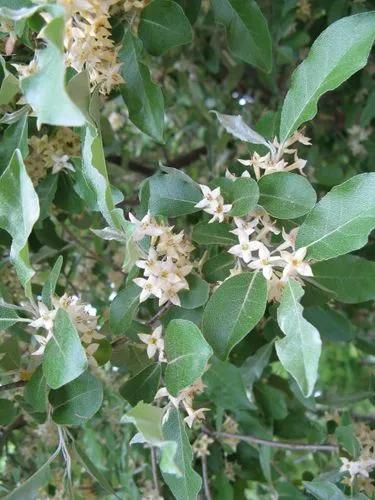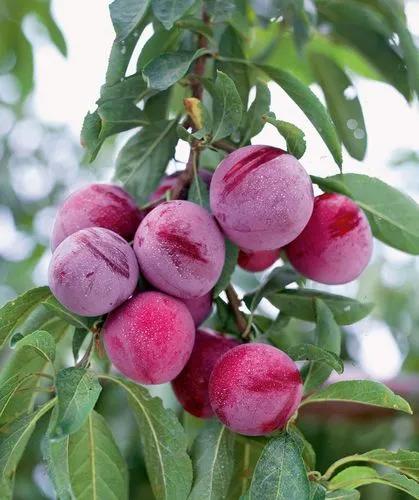Pyrus pyrifolia is a species of pear tree native to East Asia. The tree's edible fruit is known by many names, including: Asian pear, Taiwanese pear, apple pear, zodiac pear, three-halves pear, papple and sand pear.
The fruits are not generally baked in pies or made into jams because they have a high water content and a crisp, grainy texture, very different from the European varieties. They are commonly served raw and peeled. The fruit tends to be quite large and fragrant, and when carefully wrapped (it has a tendency to bruise because of its juiciness), it can last for several weeks or more in a cold, dry place.
Cultivars are classified in two groups. Most of the cultivars belong to the Akanashi ('Russet pears') group, and have yellowish-brown rinds. The Aonashi ('Green pears') have yellow-green rinds. Due to their relatively high price and the large size of the fruit of cultivars, the pears tend to be served to guests, given as gifts, or eaten together in a family setting.
In cooking, ground pears are used in vinegar- or soy sauce-based sauces as a sweetener, instead of sugar. They are also used when marinating meat, especially beef.
Grows up to 8-10 ft. tall (240-300 cm) and 6-7 ft. wide (180-210 cm).
A full sun lover, this tree is easily grown in deep, fertile, moist, well-drained soils. Prefers a sheltered, frost-free position.
Pears should be pruned every year to get the best crop. They also need to be thinned to about 5 in. apart (12 cm) in late spring or early summer if you want to reap the best-quality fruit.
Keep an eye out for aphids, caterpillars, codling moth, pear blister mite, pear midge and pear and cherry slugworm, pear scab, pear rust, brown rot, blossom wilt and fireblight.
Propagate by grafting or chip budding onto a clonal rootstock for fruit; quince rootstocks are usually used. The rootstock used will largely determine the vigor.










